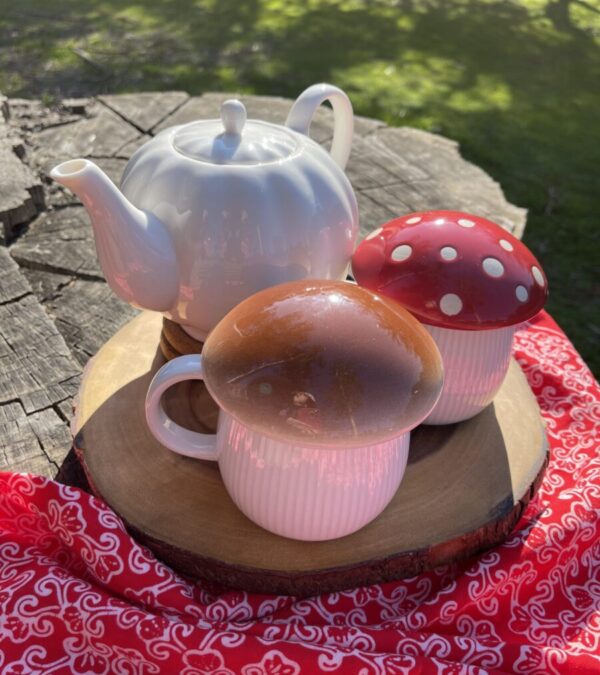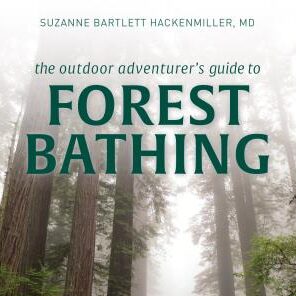
What To Bring On A Forest Bathing Walk
What to Wear
You will be spending a few hours outside, so it’s best to be prepared for your local area.
Bring a hat, wear protective shoes, and dress in layers.
Are there biting insects in your area? Where I go for my walks, we don’t have mosquitos. When I went to Southern California for my forest bathing in-person training, I didn’t bring any insect repellent. Big mistake. I came home with a lot of itchy bumps. I learned a lesson the hard way.
Nourishment
Bring water and possibly a snack to keep your energy up.
If you are going on a forest bathing walk with a guide, generally they will provide some tea and maybe some snacks to complete the forest bathing walk.
If you are going on your own, you may want to set up your own tea ceremony. It can be very simple with your tea in a travel mug. If you don’t like tea, no problem. You can bring some coffee or hot chocolate. It’s your walk so make it your own.
Extras
Depending on your location, a sit pad, small blanket, or chair may make sitting more comfortable. Sometimes you may want to lay down so a blanket may be helpful.
Don’t Forget This
I think the most important thing to bring is an open heart. Open to the experience, open to the possibilities, and open to making a lifelong commitment to forest bathing.

